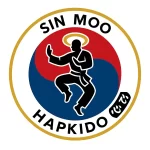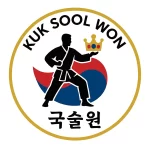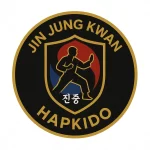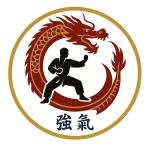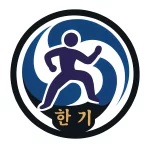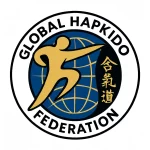Hapkido
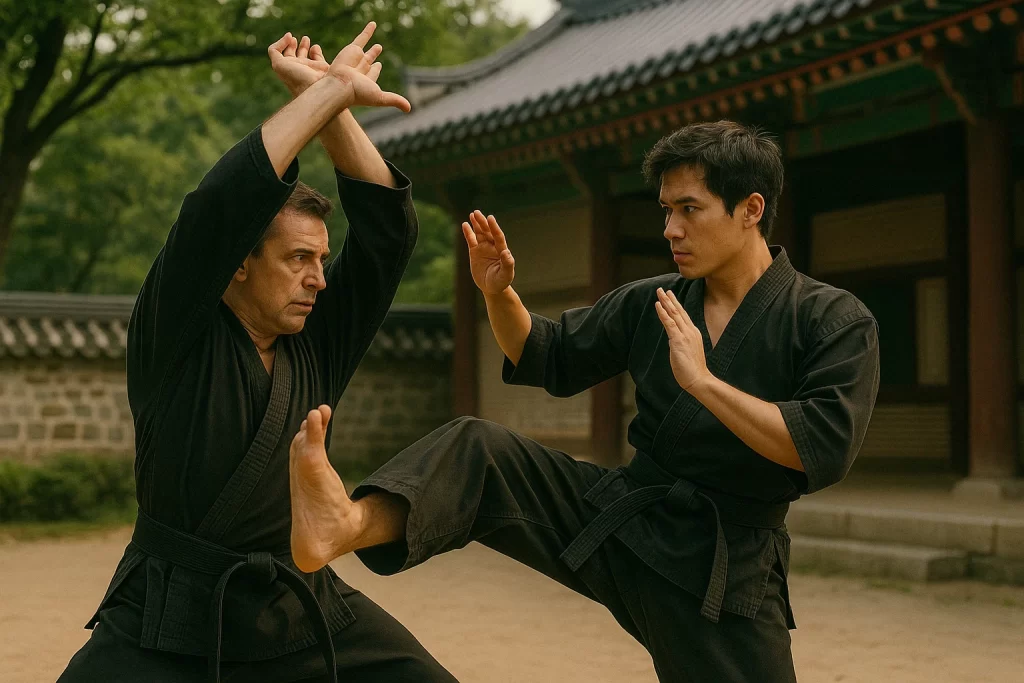
Hapkido is a Korean martial art combining joint locks, throws, kicks, and pressure point strikes. It emphasizes circular motion, non-resistance, and effective self-defense.
Recent posts
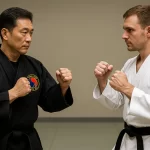
Hapkido vs. Karate: Strategic and Cultural Differences
What happens when fluid circularity meets linear precision? In this comparative deep dive, martial arts researcher Tomasz Zieliński unpacks the strategic and cultural differences between Hapkido and Karate—not just as combat systems, but as philosophies in motion. From dojangs in Seoul to dojos in Okinawa, discover how these two iconic arts train the mind, shape behavior, and approach conflict in dramatically different ways. Whether you’re a seasoned martial artist or curious observer, this article offers a rare look into the mindset, application, and tradition that define two very different paths to mastery.
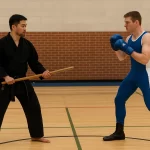
Hapkido vs. Savate: Strategic and Cultural Differences
What happens when the fluid redirection of Korean Hapkido meets the precise, rhythmic footwork of French Savate? This in-depth comparative analysis explores the deep strategic and cultural contrasts between two martial arts born from different worlds. With voices from practitioners, real-life applications, and expert commentary, discover how Hapkido and Savate reveal not just fighting styles—but distinct philosophies of conflict, movement, and self.
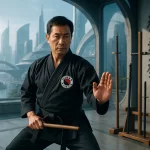
The Future of Hapkido in the Modern World
In a fast-changing world of urban stress, digital overload, and shifting threats, Hapkido stands as a rare fusion of tradition and modern relevance. This in-depth article explores the current and future role of Hapkido in the global martial arts landscape—from its holistic technical evolution to its rising psychological value for modern individuals. Whether you’re seeking practical self-defense, deeper emotional balance, or a meaningful path of discipline, discover how Hapkido could be the answer for the challenges of today and tomorrow.
Karate Essentials
Overview
Hapkido is a Korean martial art combining joint locks, throws, kicks, and circular motion to control an opponent. It bridges traditional techniques and modern self-defense.
History of Hapkido
Hapkido was founded in the mid-20th century, rooted in Daito-ryu Aiki-jujutsu and native Korean systems. It was shaped by figures like Choi Yong-Sool and Ji Han-Jae.
Philosophy & Principles
Hapkido teaches the principles of harmony (hwa), circular motion (won), and non-resistance (yu), encouraging redirection over confrontation.
Key Figures
Key figures include Choi Yong-Sool, Ji Han-Jae, and modern grandmasters who diversified Hapkido into schools like Sin Moo and Combat Hapkido.
Global Presence
Hapkido is practiced in over 60 countries through various federations, each emphasizing different aspects such as tradition, modern defense, or philosophy.
Relation to Other Arts
Hapkido is related to Aikido, Taekwondo, and traditional Korean martial systems, sharing movements while emphasizing its own self-defense focus.
Hapkido Glossary
Familiarize yourself with terms like danjeon, hyeong, nakbop, hapki, and the rank system specific to Hapkido.
Media & Culture
Hapkido is featured in Korean action cinema and self-defense courses, representing both heritage and functional modern combat.
Travel Guide
Visit Korea for training with traditional Hapkido masters or attend international Hapkido summits and dojang exchanges.

